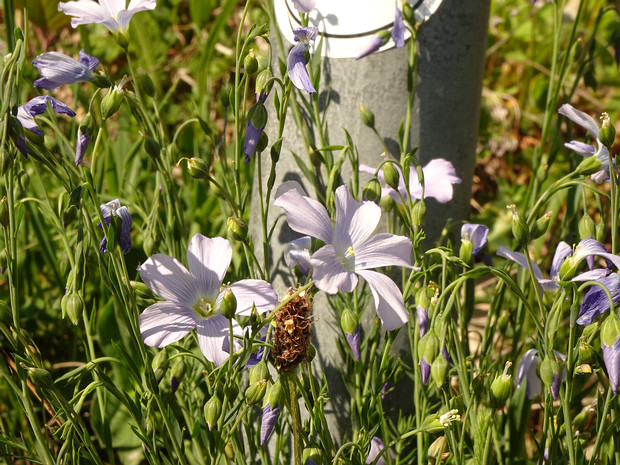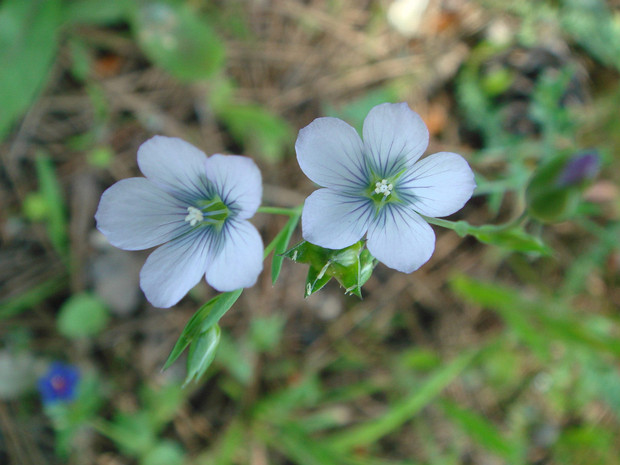Льновые - Linaceae 4/28/09—5/19/22
Linaceae is a family of flowering plants. The family is cosmopolitan, and includes about 250 species in 14 genera, classified into two subfamilies: the Linoideae and Hugonioideae (often recognized as a distinct family, the Hugoniaceae). Leaves of the Linaceae are always simple; arrangement varies from alternate (most species) to opposite (in Sclerolinon and some Linum) or whorled (in some Hesperolinon and Linum species). The hermaphroditic, actinomorphic flowers are pentameric, or very rarely tetrameric (e.g. Radiola linoides, Linum keniense).
In the Linoideae, the largest genus is Linum, the flaxes, with 180-200 species including the cultivated flax, Linum usitatissimum. Members of the Linoideae include herbaceous annuals and perennials, as well as woody subshrubs, shrubs, and small trees (Tirpitzia) inhabiting temperate and tropical latitudes of Eurasia, Africa, Australia, and the Americas. The largest genus of the Hugonioideae is Hugonia (about 40 species); the Hugonioideae are woody vines, shrubs, and trees, and are almost entirely tropical in distribution. In addition to their growth habits and geographic distributions, the Linoideae and Hugonioideae can be differentiated by the number of fertile stamens (five in the Linoideae, 10 in the Hugonioideae) and fruit type (capsules in the Linoideae, fleshy drupe-like fruits in the Hugonioideae).







Льновые - Linaceae